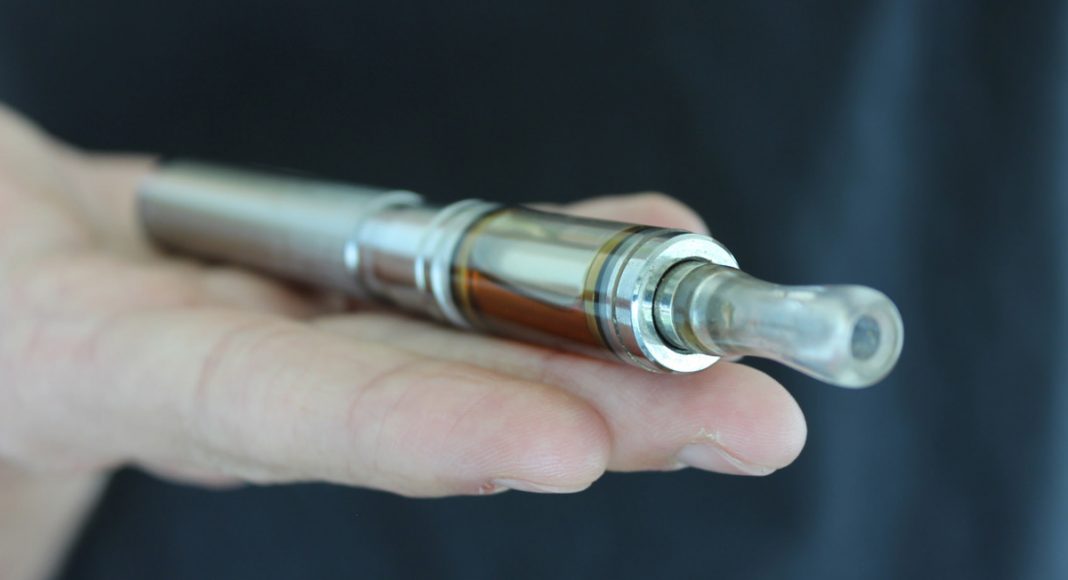If you had to choose, what’s your go-to cannabis consumption method? For some, it’s inhalation via smoking or vaping. For others, it’s oral consumption via edibles or infused capsules/tablets. Then, there’s those who prefer topically administering cannabis if their intention is to achieve localized relief. Let’s not forget about sublingual consumption though, which is gaining more popularity amongst children and older generations.
However transdermal cannabis products have started to earn a name for themselves recently, which deliver long-lasting effects. Regardless of your go-to cannabis consumption method, there are ways to control cannabis’s effects aside from the particular strain you choose. Read on to find out how maintaining proper temperature control plays a role in regulating cannabis’s effects.
Complexity of the Cannabis Plant & Its Compounds
So far, it has been found that the cannabis plant contains over 70 recognized cannabinoids. As time goes on, more cannabinoids and Phyto-cannabinoids are being discovered. In general, each cannabinoid possesses its own medicinal value and effects. Some cannabinoids are non-psychoactive meaning that they don’t deliver psycho-active effects. A few of these cannabinoids include Cannabidiol (CBD), Cannabinol (CBN), and Cannabigerol (CBG). Whereas, Tetrahydrocannabinol (THC) is the cannabinoid responsible for delivering psycho-active effects known as a cerebral ‘high’ feeling. Regardless of each cannabinoid’s effects, they all contain their own medicinal benefits.
-
Related Story: Marijuana 101: How Can Kief Be Used Medically?
In addition to cannabinoids, within the cannabis plant, there are other compounds known as terpenoids (terpenes) and flavonoids. Each of these compounds possess their own effects and medical value too. Then, some of these compounds have an affect on others, which is often referred to as the ‘entourage effect’. What’s the meaning behind all this though?
Purpose of Different Temperatures
When lighting up a joint, bowl, or blunt, what are you really doing? When smoking cannabis, the bud is heated up until it hits a combustion point. The herb is literally set on fire. Once cannabis is burned, all the compounds within that strain are immediately released. With this being said, temperature plays a vital role when it comes to consuming cannabis. In general, individuals can utilize different temperatures to release certain compounds and cannabinoids within the cannabis that’s consumed. How does this process work, and what should you know about various temperatures regarding cannabis consumption?
Overall, each cannabis compound and cannabinoid contain their own boiling point. This means that a particular compound or multiple compounds are released out of the herb once it reaches a certain temperature. Because of this, an individual can control (to a certain level) the effects that cannabis produces and delivers. If users regulate the temperature at which they consume the herb, they can regulate the compounds that get released in substantial quantities through their particular boiling points.
Optimal Cannabis Consumption Methods
Although smoking cannabis has been a commonly-used consumption method for years, it’s not necessarily the best way to consume cannabis. Instead, some may think that edibles are an ideal way to control cannabis’s effects. However, this isn’t the case either. The longer one heats cannabis, the value placed on boiling points lessens. As time goes on, the highest heat-resistant cannabis compounds begin releasing themselves from the herb. One main issue with edibles is that they’re normally exposed to heat for extended periods of time (much longer than that of vaping).
Generally, vaping cannabis is the best way to control cannabis’s effects. In the past decade, vaping cannabis has evolved into a huge trend. Vaporizers have existed for more than ten years, however, the increased demand for vaping has led to advanced vaporizer technologies. Nowadays, most vaporizers contain built-in temperature control features. Therefore, users can properly adjust their vaping and cannabis consuming experience.
-
Related Story: The Startling Health Effects Of Mixing Tobacco And Marijuana
Overall, though, vaping is the optimal consumption method that allows users to control cannabis’s effects via temperature control. This is the case because the specific temperature range that cannabis is vaped at is the same exact temperature range that almost every cannabis compound begins releasing in large quantities. Also, the temperature range is the same in which users can dodge toxic by-products that can arise from combustion.
Temperature Range Guidelines
Furthermore, to understand the differences in effects of cannabis compounds, it helps to keep these temperature ranges in mind when vaping:
Low-temperature range (320 Fahrenheit/160 Celsius—356 Fahrenheit/180 Celsius):
Light mental/cerebral medication, subtle physical effects, and strictly medical effects of THC
Mid-temperature range (356 Fahrenheit/180 Celsius—392 Fahrenheit/200 Celsius):
Moderate to strong mental and physical medication, clear mental and physical effects, and Cannabidiol’s medicinal effects become clearer (if the cannabis strain contains a significant CBD content)
High-temperature range (392 Fahrenheit/200 Celsius—446 Fahrenheit/230 Celsius):
Intense mental and physical medication, strong bodily effects, and medicinal effects of all terpenoids and cannabinoids become clearer
-
Related Story: 5 Vape Pens Perfect For A DL Smoke Sesh
All in all, it’s suggested to start off in the lower temperature range, and work your way up. Utilizing all temperature ranges in a single medicating session is one way to vape cannabis depending on your reasons for usage. However, if your goal is to effectively medicate and conserve on the amount of cannabis you use, vaping is an ideal way to go. Next time you consume cannabis, think carefully about the best consumption method for you.


